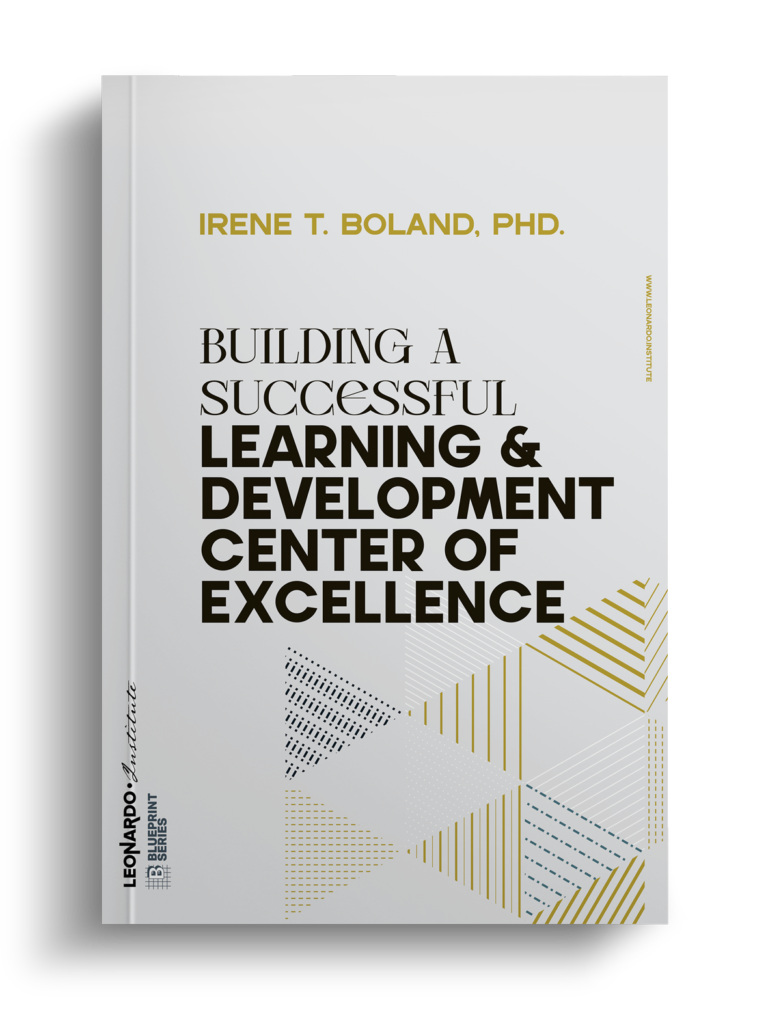The future of work is being shaped by powerful trends that are changing how, when, and where work gets done. These shifts have major implications for workplace learning professionals seeking to equip workers with the skills needed to thrive.
Employees Want Flexibility
The COVID-19 pandemic accelerated the remote work trend, with many employees now expecting ongoing flexibility in when and where they work. Surveys show a preference for hybrid arrangements that blend remote and in-office work. This poses challenges for workplace learning, requiring new approaches to deliver effective training and development across distributed teams.
A plurality or majority of survey respondents report wanting to work partly at home and partly in the office.
In multiple surveys about the Future of Work conducted over the past two years, a plurality or majority of respondents report wanting to work partly at home and partly in the office. For example, a 2021 survey of U.S. workers found 47% prefer a hybrid schedule, compared to 32% wanting full-time remote work and 21% preferring to be fully office-based. On average, knowledge workers want to work remotely 2-3 days per week. Employees also value location flexibility, with some willing to take an 8-10% pay cut for the option to work remotely part of the time.
There are signs that preferences may shift somewhat over time, as around half of remote workers have considered switching to a hybrid schedule, and vice versa. Top concerns about remote work cited by employees include reduced social interaction and visibility to leadership when not in the office.
Workplace learning professionals need to adapt training design and delivery for hybrid teams, ensuring learning is effective whether participants are co-located or distributed. This requires planning interactive sessions that engage remote learners, providing digital learning resources accessible anytime, leveraging collaboration tools, and measuring learning outcomes in a decentralized work environment.
Workplace learning professionals need to adapt training design and delivery for hybrid teams, ensuring learning is effective whether participants are co-located or distributed.
Productivity Perceptions are Varied
Studies paint a complex picture regarding productivity impacts from increased remote work. Self-reported productivity has increased for some but decreased for others. Metrics of output per hour worked show mixed results across different types of work. Definitions of productivity also vary, covering dimensions like quantity of output, quality, collaboration, and innovation.
Looking at knowledge workers specifically, analysis of GitHub contributions in 2020 found increased output, with more code commits and pull requests compared to pre-pandemic. However, a 2021 study of Indian software developers found output per hour worked declined by 8-19% when working remotely due to longer work hours, even though total output was steady. In surveys about the Future of Work, the majority of employees report being as productive or more productive when working remotely, while many business leaders fear negative productivity impacts.
Definitions of productivity also vary, covering dimensions like quantity of output, quality, collaboration, and innovation.
For workplace learning professionals, clarifying how productivity is defined for a given role is an important first step in measuring performance. Remote work may boost productivity for some activities while decreasing it for others. Training can help workers reflect on when and where they are most productive and encourage collaboration with managers on optimal work arrangements.
Hybrid Work Promises Productivity Gains
Looking ahead, hybrid work shows promise to maximize productivity by providing flexibility. Individuals can work when and where suits them best. Organizations can build hybrid workforces combining remote and on-site roles. Tasks can be matched to optimal locations – focused individual work remote, collaborative work in the office.
Surveys find similar percentages of workers report being more versus less productive when working remotely full-time. Hybrid blends the benefits of office and remote environments. Employees cite focused work as a reason for wanting to spend some days in the office and others remote. Hybrid work may increase overall productivity by around 5%, according to expert estimates. Realizing these potential gains requires careful implementation to maintain workforce cohesion.
Training will play a pivotal role in helping hybrid teams collaborate effectively. This includes teaching best practices for inclusive virtual meetings, leading remote brainstorms, and running productive hybrid workshops with distributed participants. Training on using digital collaboration platforms is also key. Well-designed learning pathways can develop the mindsets and capabilities hybrid work demands.
Soft Skills Are In Demand
Technical job skills remain important, but human strengths like creativity, empathy, and adaptability are rising in significance. Soft skills allow people to thrive in changing work environments and help organizations build healthy cultures. Training programs need to cultivate these capabilities across hybrid teams.
The World Economic Forum’s 2020 Future of Jobs report ranked analytical thinking, active learning, complex problem solving, critical thinking, and creativity among the top skills needed over the next five years. Interpersonal abilities like empathy, leadership, and social influence will also grow in importance for many roles. A LinkedIn analysis found soft skills represent over half the skills associated with growing jobs.
With remote and hybrid work, delivering with influence depends more on relationship-building and communication savvy. Persuading and providing feedback virtually requires empathy. Creativity and problem-solving skills empower workers to stay productive outside traditional office settings. Workplace learning leaders have an opportunity to develop programs that foster in-demand soft skills in online, virtual, and in-person learning experiences.
Learning Must Be Accessible, Engaging
As learning moves online, expectations are rising for training delivery. Workers want learning to fit their schedule, match their style, and keep their interest. Meeting these demands requires engaging learner-centric design and intuitive digital learning platforms.
Surveys indicate about one-quarter of workers have left a job due to lack of growth opportunities. Younger generations especially value ongoing learning and career development. To attract and retain talent, providing high-quality learning experiences is becoming an imperative.
Learners expect personalized, self-directed training available on-demand. Well-produced online courses allow learning anytime, anywhere. Short videos and microlearning optimize for limited attention spans. Playful concepts like gamification and virtual reality make learning fun. Workplace learning teams should take inspiration from consumer tech to create enjoyable, mobile-friendly learning experiences adapted to how people want to learn and grow today.
Put it to Work
Workplace learning professionals can take several steps to adapt training and development for the hybrid work future:
- Survey your workforce to understand their needs and preferences regarding how, when, and where they want to learn. Tailor programs based on these insights.
- Build skills for the digital workplace, including online collaboration, leading virtual meetings, delivering influence remotely, and staying productive in hybrid work.
- Offer self-paced online learning resources accessible 24/7 on desktop and mobile devices. Short videos, podcasts, and microlearning are delivery formats to leverage.
- Reimagine instructor-led programs for hybrid delivery with engaging virtual components and tools like digital whiteboarding and polling to involve remote participants.
- Emphasize human skills like creativity, empathy, problem solving, and agility in training content and workshops. Gamify learning to help build these capabilities.
- Keep exploring emerging technologies like VR and AI that can enhance development and allow interactive, immersive learning new ways.
- Measure training effectiveness based on on-the-job behavior change and business impact, not just completion rates. Tie learning data to productivity metrics.
The Takeaway
Powerful forces are shaping the future of work in ways that necessitate adapting workplace learning strategies. With remote and hybrid work growing, training must work for distributed teams. Expectations are rising for flexible, engaging development opportunities. In-demand human skills like creativity and empathy need greater emphasis. By keeping pace with these trends, workplace learning professionals can continue helping workers gain the competencies to perform and thrive as work evolves.
Reference
Teevan, J., Baym, N., Butler, J., Hecht, B., Jaffe, S., Nowak, K., Sellen, A., and
Yang, L. (Eds.). Microsoft New Future of Work Report 2022. Microsoft Research Tech Report MSR-TR-2022-3.


